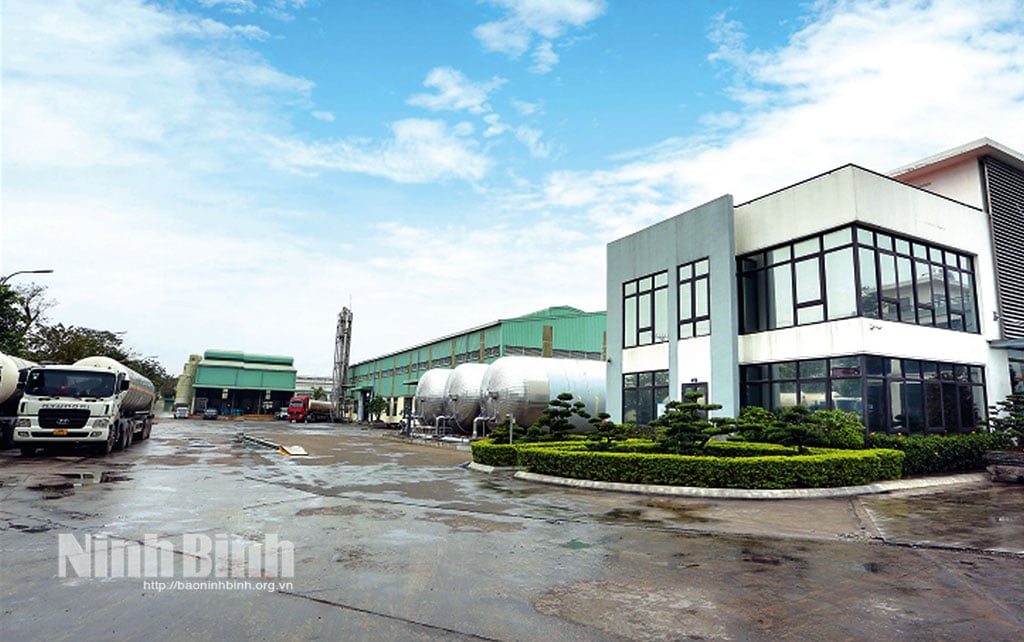
Transforming “waste” into “resources”
From the typical success at Ninh Binh Fertilizer Plant, many enterprises in industrial parks in the province have been gradually approaching and applying green and circular production models. The highlight of these models is not only reducing emissions and saving costs, but also creating symbiotic links between enterprises in the same area, forming an environmentally friendly industrial ecosystem.
In Khanh Phu Industrial Park, the industrial symbiosis model is being effectively implemented among large-scale manufacturing enterprises. A typical example is the connection between Ninh Binh Nitrogen Fertilizer Company Limited and Ninh Binh Industrial Gas Joint Stock Company. Taking advantage of CO2 emitted from the nitrogen fertilizer production process, the Industrial Gas Company has invested in a system to collect, refine, and liquefy CO2 with a purity of over 99.9%, supplying the mechanical, beverage, and food industries.
Mr. Nguyen Van Sy, Deputy Production Director of Ninh Binh Industrial Gas Joint Stock Company shared: "The entire CO2 treatment line is 100% automated, we are currently collecting about 50% of the emissions from Ninh Binh Fertilizer Plant. The next phase will be to invest in expansion to treat all emissions and diversify output to serve the medical , electronics, and defense industries...".
The symbiotic effect does not stop there, spreading to other businesses. Moon Group Mechanical Joint Stock Company, a unit using liquid CO2 in production, has invested in two tanks at the factory, helping to receive a stable source of raw materials, reduce transportation costs and ensure production progress. According to Mr. Tran Van Cuong, Head of the Company's Materials Department, this cooperation helps businesses save operating costs while ensuring a green and stable supply.
Such connections not only help businesses optimize their supply chains but also open up new directions in resource utilization, where one unit's waste becomes a valuable input for another. This is the core spirit of the circular economy , an economy where there is no concept of “waste” if properly utilized.
At several other factories in Khanh Phu Industrial Park, a circulating water treatment system has also been put into use, allowing the reuse of nearly 100% of cooling water in production, reducing pressure on surface water sources and improving operational efficiency.
Ninh Binh Phosphate Fertilizer Joint Stock Company, which used to be an environmental “black spot” with its fused phosphate fertilizer production furnace, has now invested in a circulating cooling water treatment system worth 15 billion VND. From June 2022, all water in the production cycle will be reused. Not only does it save water resources, the system also helps the factory operate stably during the dry season, a sensitive time for water shortages.
Worker Nguyen Van Thien, who has worked at the drying and grinding factory for more than 20 years, commented: Before, the working environment was dusty and hot, but now it is much cleaner, cooler, and more airy. The new infrastructure helps us feel secure in our long-term commitment.
Such models are gradually changing the face of local industry, no longer associated with dust, noise and wastewater, but with clean, economical and environmentally friendly production facilities. This is not only a mandatory trend, but is gradually becoming a strategic choice, enhancing the competitiveness of enterprises.
Green is a strategy, not just a responsibility
The success of green industrial models in Ninh Binh cannot be separated from the consistent support and accompaniment from authorities at all levels, from the national policy framework to specific local actions.
At the beginning of 2025, the Prime Minister signed and issued Decision No. 222/QD-TTg on the National Action Plan for implementing circular economy by 2035. In that spirit, the People's Committee of Ninh Binh province issued Plan No. 88/KH-UBND on implementing circular economy by 2035. The plan clearly identifies priority areas including: industry, agriculture, forestry, fishery, tourism, services, construction, transportation, waste management and urban development.
structured, by 2030, the province strives to achieve specific goals: collect and treat 95% of urban solid waste; recycle at least 50% of solid waste, especially plastic and organic waste; 100% of industrial parks have standard wastewater treatment systems; reduce 30% of waste generated compared to 2020; reduce primary energy consumption by 1.0 -1.5%/year on GDP and make the digital economy account for over 30% of GRDP.
Comrade Bui Duy Quang, representative of the Management Board of Economic Zones and Industrial Parks of Ninh Binh province emphasized: "Circular economy is no longer a theory. For Ninh Binh, it is an inevitable direction in the industrial development strategy associated with tourism and services. When identifying industry cultural and tourism as two spearheads, clean environment - beautiful landscape - green energy are the fundamental factors".
The province has stepped up the review and adjustment of investment licensing criteria, encouraging businesses to invest in modern, resource-saving, low-emission technology. New industrial zones are required to build a synchronous waste treatment system, technical infrastructure that is qualified to share energy and reuse water, a premise for developing industrial symbiosis.
In addition, the province also organizes seminars, connecting businesses with domestic and foreign experts on circular economy trends, creating forums for businesses to share models and spread good values. In the future, Ninh Binh will continue to promote the development of support mechanisms for businesses to deploy smart energy consumption monitoring systems, and enhance digital transformation in resource and environmental management.
More than just adaptation, green industrial development has become a long-term orientation in the province's Industrial Development Strategy for the period 2025-2035. The set are goals not only limited to growth in industrial production value, but also include indicators on the rate of reused water, the rate of emissions gradually decreasing over the years, and the rate of enterprises participating in the circular network.
It can be said that from a young industrial area, with environmental “black spots”, Ninh Binh today is marking a strong movement of green economy - circular economy. It is not an easy journey, but the reality from Ninh Binh Nitrogen Fertilizer, Ninh Binh Phosphate Fertilizer or Khanh Phu Industrial Park symbiosis shows that: with innovative thinking, methodical investment and timely policy support, economic growth can completely go hand in hand with environmental protection.
Ninh Binh not only follows the roadmap, but is also emerging in affirming its role as a "leading locality" in implementing the Government's "zero" net emission commitments at COP26, towards sustainable development, self-reliance, and harmony between nature, culture and people.
Source: https://baoninhbinh.org.vn/phat-trien-lanh-te-xanh-lanh-te-tuan-hoan-chuyen-dong-o-731511.htm


![[Photo] Prime Minister Pham Minh Chinh receives leaders of several leading Brazilian corporations](https://vphoto.vietnam.vn/thumb/1200x675/vietnam/resource/IMAGE/2025/7/6/3622160b379746e6bca82f804ea35e47)


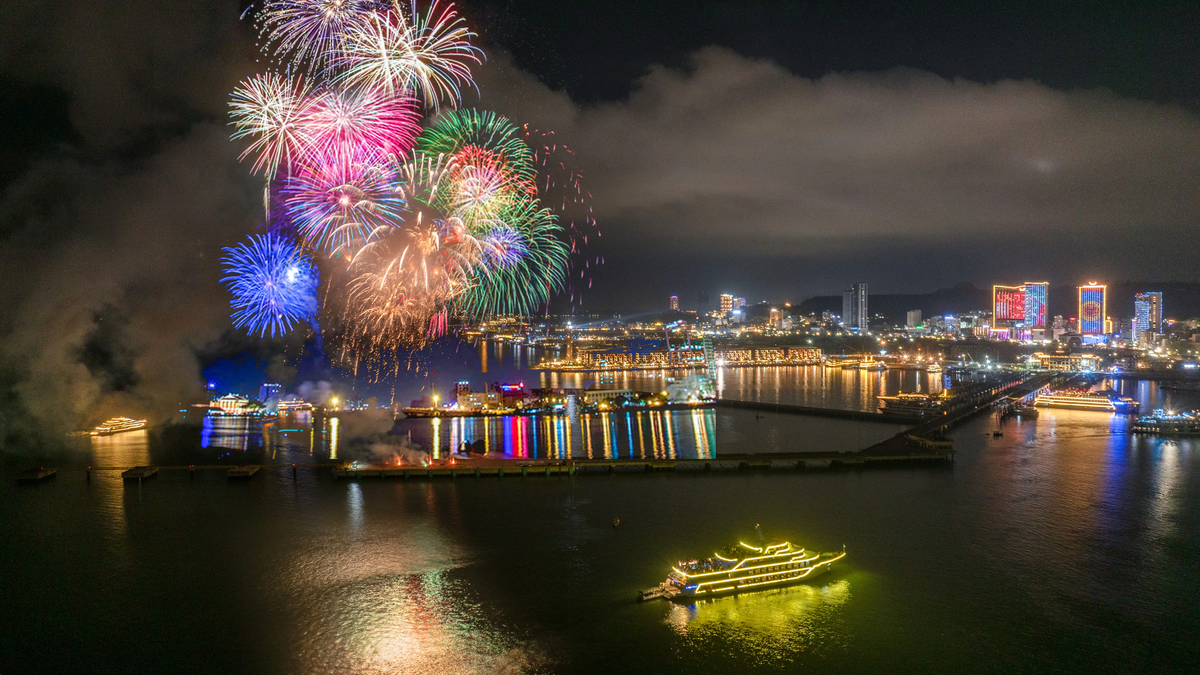


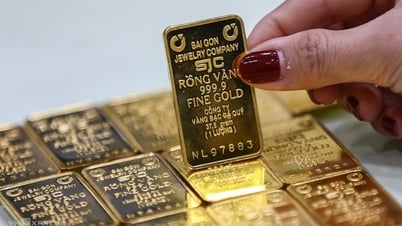



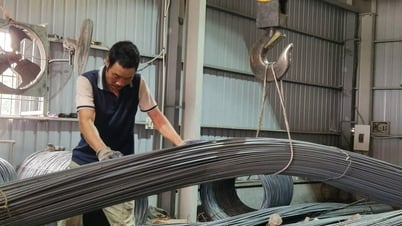
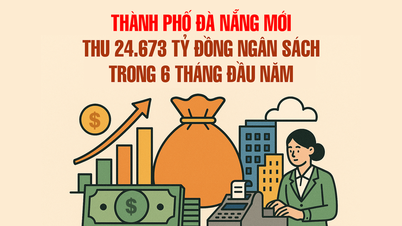

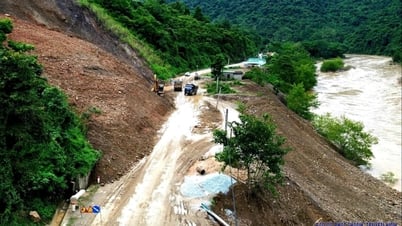






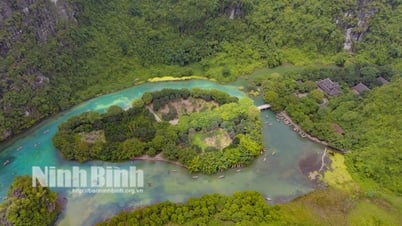
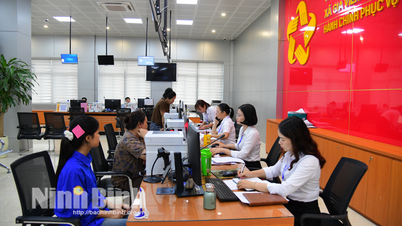
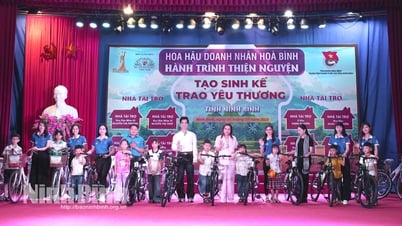
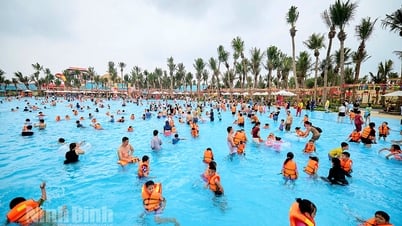

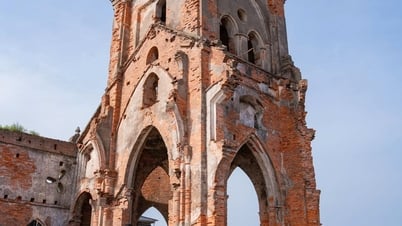



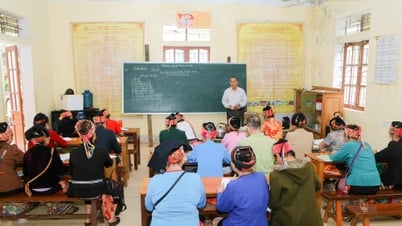

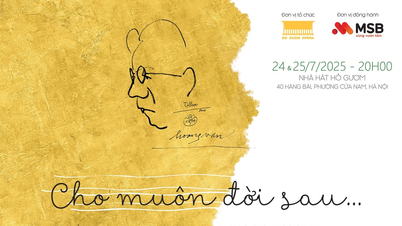





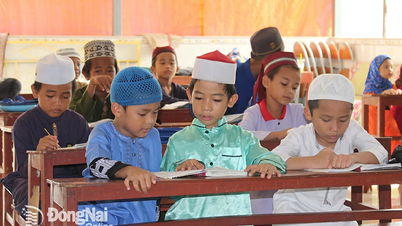











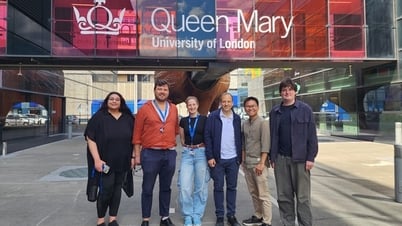

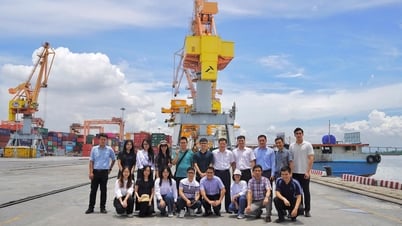


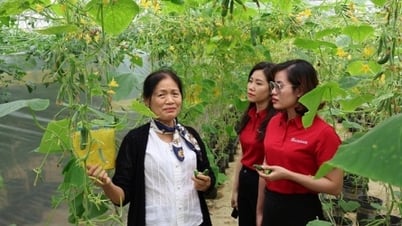
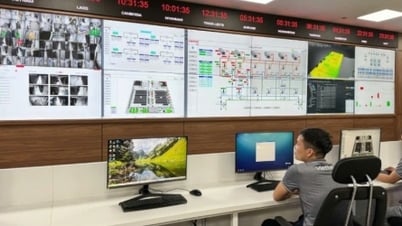
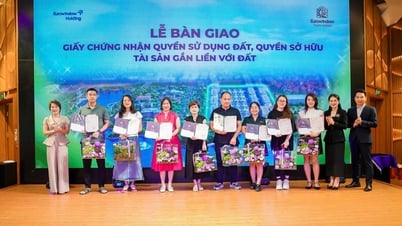





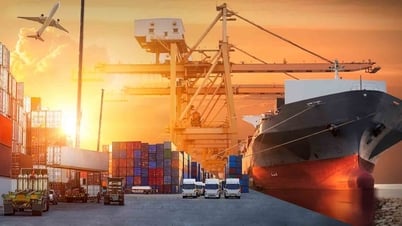

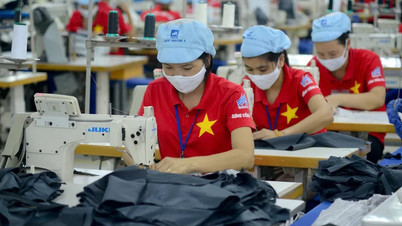




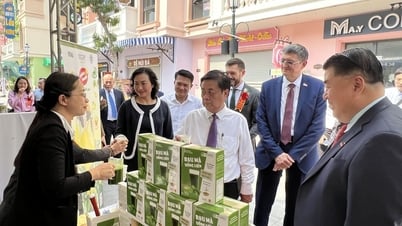

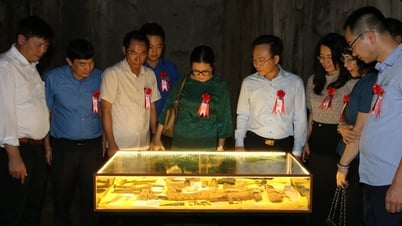








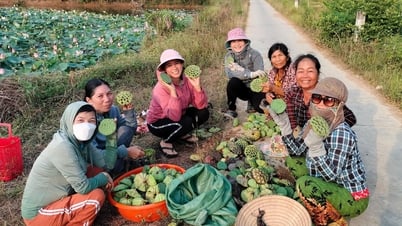

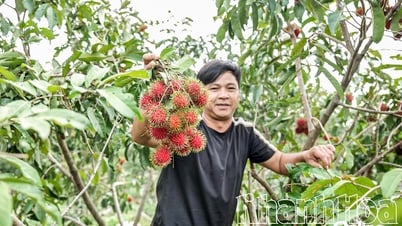


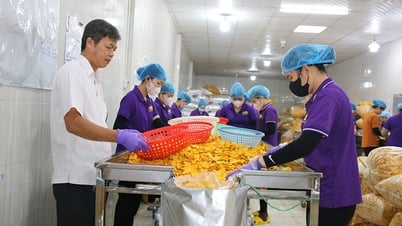

![[OCOP REVIEW] Bay Quyen sticky rice cake: A hometown specialty that has reached new heights thanks to its brand reputation](https://vphoto.vietnam.vn/thumb/402x226/vietnam/resource/IMAGE/2025/7/3/1a7e35c028bf46199ee1ec6b3ba0069e)

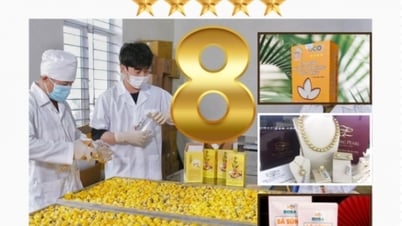

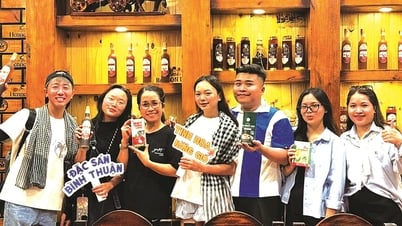



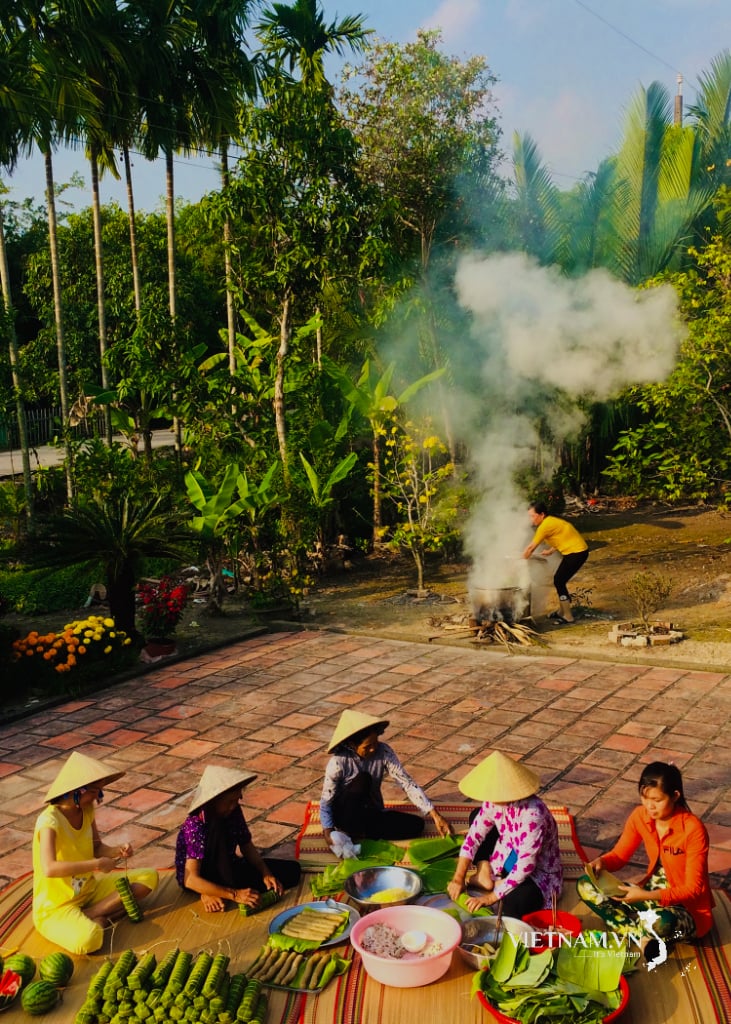

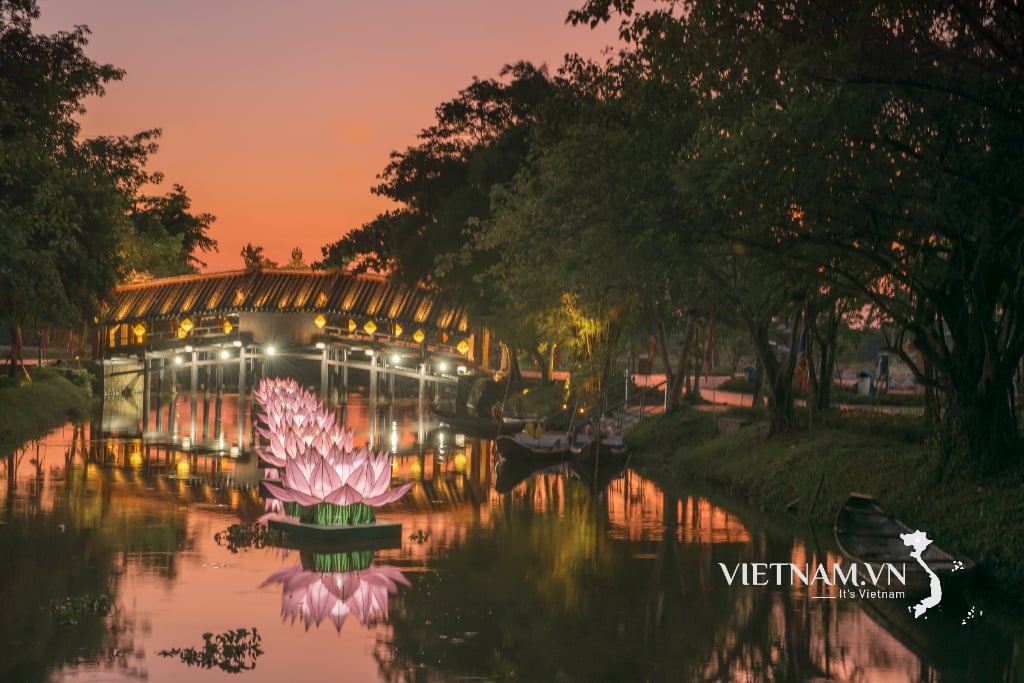
Comment (0)